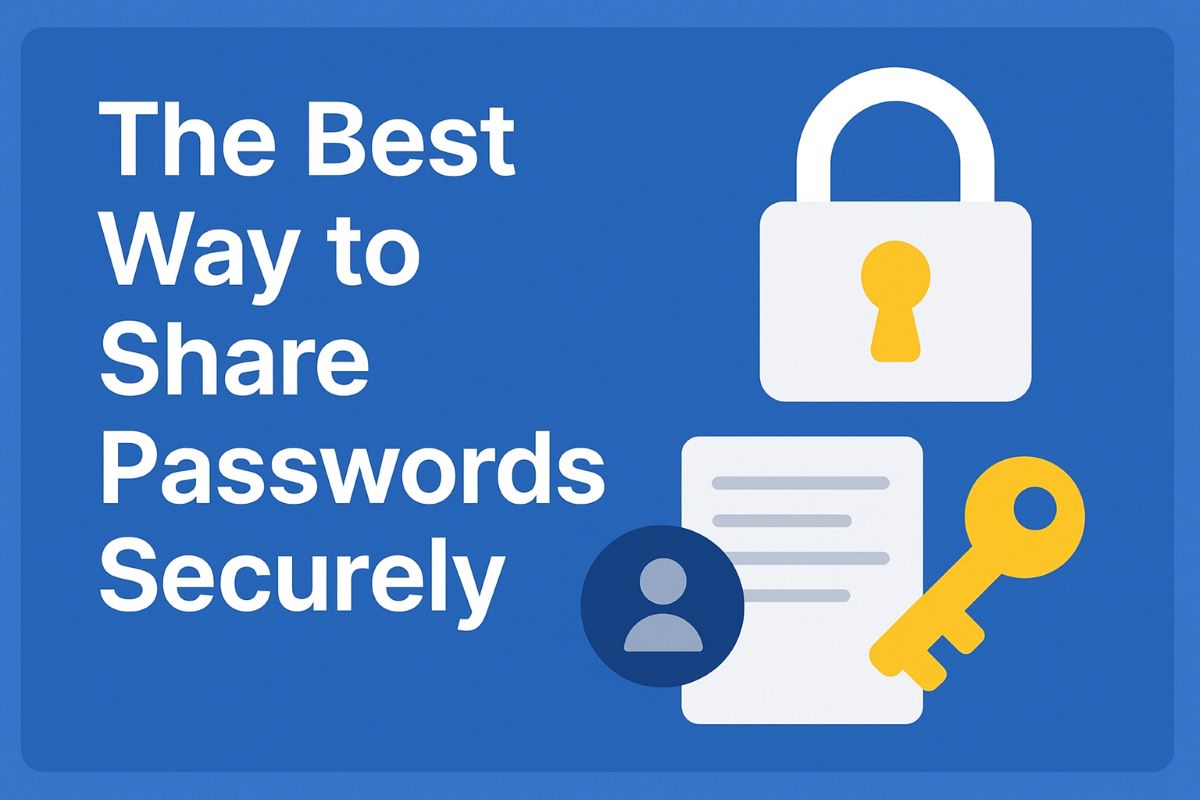
Did you know that over 50% of security breaches start with weak or shared passwords? Yet, many teams still email passwords, write them down, or share them through unsecured chat apps. Whether you’re managing a small team or an enterprise, how you share credentials can make the difference between staying secure and becoming the next cyberattack headline.
In this guide, we’ll show you the best way to share passwords securely, while keeping your team efficient and compliant.
Sharing passwords carelessly is one of the most common cybersecurity mistakes. Here’s why:
These practices can lead to data breaches, compliance violations, and lost trust with clients and employees.
Before looking at tools, follow these core principles:
Password managers like Datotel’s managed Keeper platform the gold standard for secure sharing:
This approach eliminates the risks of email or spreadsheets while making team collaboration seamless.
For specific use cases, such as DevOps or cloud credentials, use:
Sometimes the best way to share a password is not to share it at all. SSO and role-based access allow:
To make password sharing truly secure, implement these habits:
A combination of tools, processes, and training is the key to keeping your organization safe.
Sharing passwords doesn’t have to be risky. By following best practices, using secure password managers, and implementing proper access controls, your team can collaborate efficiently without putting your organization at risk. Ready to secure your team’s credentials? Learn how Datotel can help your organization manage and share passwords securely with encrypted vaults, audit tracking, and enterprise-grade security